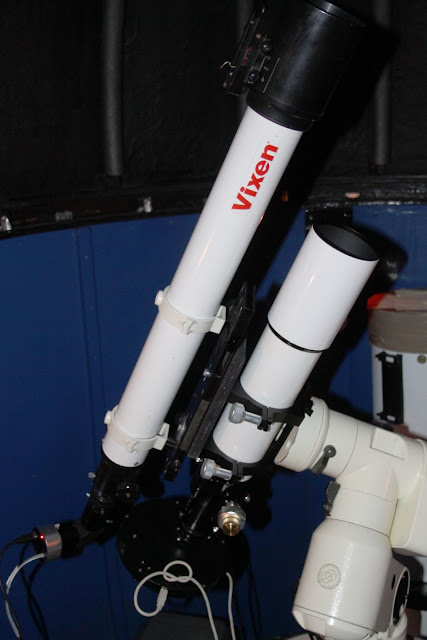at a distance of about 6,000 light years in the constellation of Cygnus.This PHD guided
exposure was taken using ten minute sub frames with matching dark frames.The total
exposure times was twenty minutes for each colour channel and one hour using a Lumicon H-
alpha filter. Taken using a four inch f/7 refractor with a field flattener making it
f/6.3. The camera was an Atik 383L:
IC 1318, The Butterfly nebula. The nebula lies in the constellation of Cygnus near the
bright star Gamma Cygni. Five minute sub frames were captured with matching dark frames of
the luminance channel, H-alpha with a total exposure time of twenty minutes. The colour
channels had exposure times sixty seconds. The image was taken using a ten inch reflector
with PHD guiding:




















































